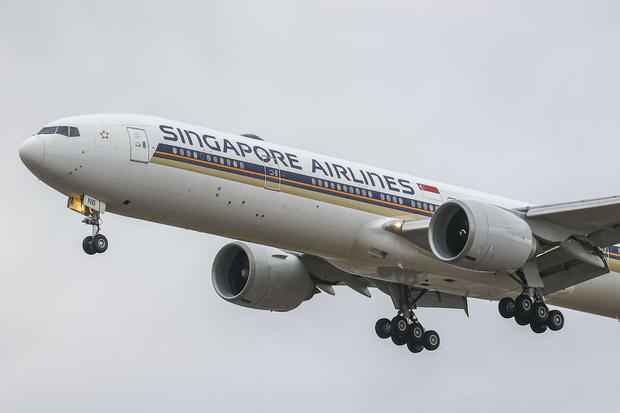In a tragic incident, one passenger died, and several others were injured when Singapore Airlines Flight SQ321 encountered severe turbulence while en route from London to Singapore on Tuesday. The Boeing 777-300ER, carrying 211 passengers and 18 crew members, was diverted to Bangkok’s Suvarnabhumi Airport, where it landed just before 4 p.m. local time.
Singapore Airlines confirmed the fatality and injuries in a statement posted on its Facebook page, expressing its “deepest condolences to the family of the deceased” and pledging to assist all those affected by the incident.

Although in-flight turbulence is a common occurrence on many routes, deaths and serious injuries resulting from such incidents are relatively rare. In July 2023, four people sustained injuries due to severe turbulence on a domestic flight in Florida, United States.
The incident on Flight SQ321 serves as a sobering reminder of the potential dangers associated with air travel, particularly in an era of climate change. Climatologists have warned that travelers should expect more frequent flight delays, cancellations, and increasingly severe turbulence, especially on routes over the world’s rapidly warming oceans.

As global temperatures continue to rise, the likelihood of encountering severe turbulence is expected to increase, posing additional challenges for airlines and passengers alike. This heightened risk underscores the importance of adhering to safety protocols, such as keeping seat belts fastened whenever seated and following crew instructions during turbulent conditions.
Singapore Airlines has not released further details regarding the identity of the deceased passenger, or the nature and extent of the injuries sustained by other passengers and crew members. The airline is likely to conduct a thorough investigation into the incident, in collaboration with relevant authorities, to determine the exact cause of the turbulence and assess whether any additional safety measures need to be implemented.










